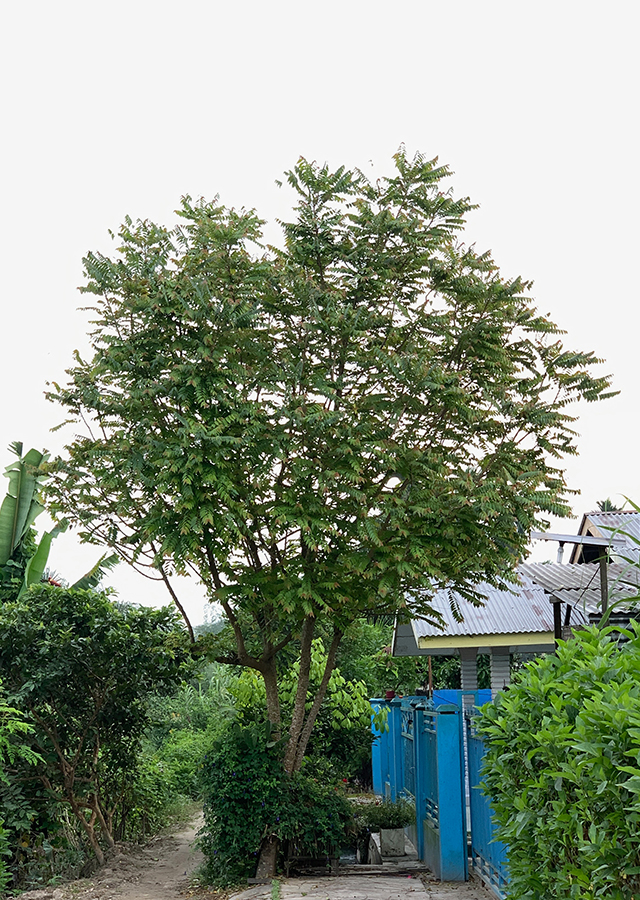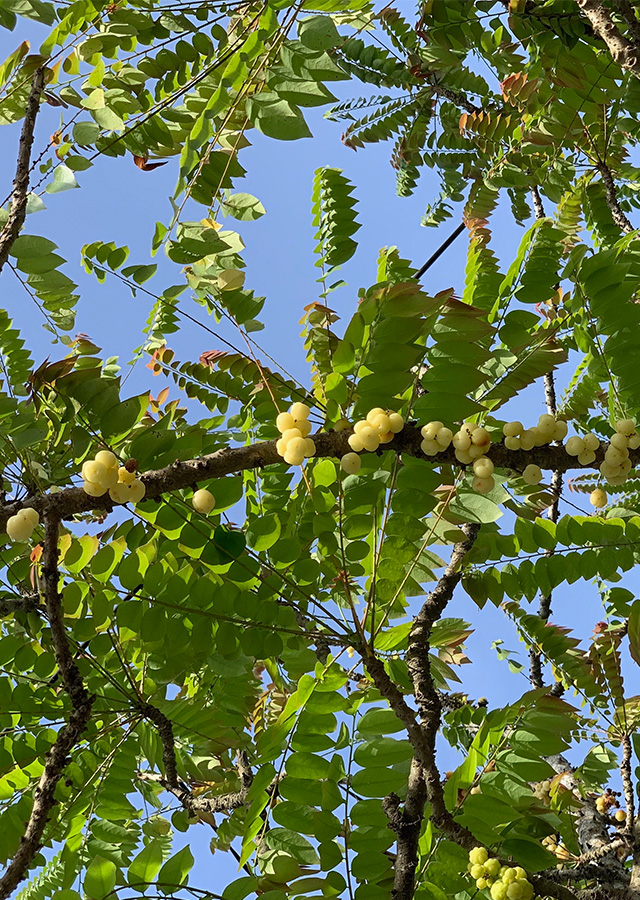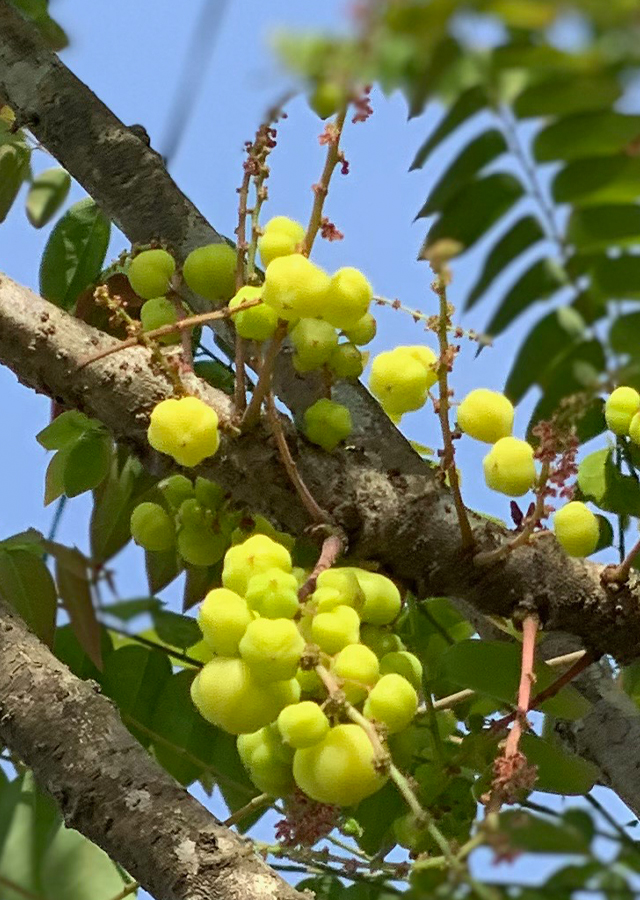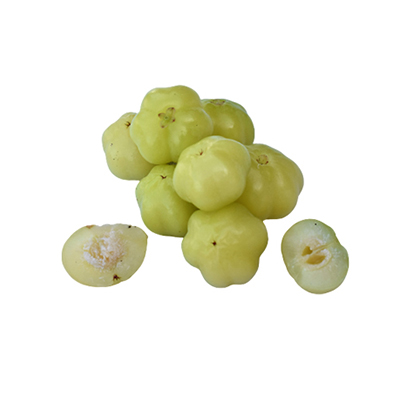Otaheite Goosberry
Phyllanthus acidus (L.) Skeels
Phyllanthaceae
Location in our garden
Principal



Synonym
Phyllanthus acidissimus (Blanco) Müll.Arg.
Phyllanthus cicca Müll.Arg.
Phyllanthus cochinchinensis (Lour.) Müll.Arg.
Habitus
Trees. Deciduous tree, can grow up to 10 meters tall.
Part Used
Leaves
Fruit
Latex
Roots
Twigs
Growing Requirements
Full Sunshine
Need Shade
Drought Resistant
Habitat
Forest
Coastal
Overview
It is likely to be native to the coastal region of North-Eastern Brazil, and has also been mistakenly attributed to Madagascar, India or Polynesia. In India, Thailand, Myanmar, Indonesia, South Vietnam, Laos, Peninsular Malaysia, Polynesia and all the broader islands of the West Indies, it is now naturalized and cultivated.
Vernacular Names
E Mei Shu (Chinese), Mayom (Thailand), Chùm Ruôt (Vietnam), Layoan (Philippines), Cermai (Malaysia), Grosella (French), Grosellero (Spanish), Chalmeri (India).
Agroecology
Thrives well in the tropics and sub tropics at low and medium altitudes in places with a short or prolonged dry season. The temperature range for growth is reported to be 14 - 35 °C with the optimum between 20 - 29 °C. The annual rainfall range for growth is reported to be 700 - 4,200 mm with the optimum between 1,500-2,500 mm. Requires a position in full sun or part day shade, but is undemanding as to soil requirements.
Morphology
- Roots - taproot with lateral roots.
- Stems - sparingly branched, spreading crown. The short bole can be 15 cm in diameter.
- Leaves - neutral or mild in flavour, but somewhat fibrous.
- Flowers - borne in clusters composed of male, female or hermaphrodite flowers.
- Fruits - 2 cm in diameter, yellow when fully ripe and may be eaten fresh.
Cultivation
Gooseberry is usually grown from seed but may also be propagated by budding, greenwood cuttings, or air-layers.
Chemical Constituents
Saponins, tannins, poliphenol, quercetin, gallic acid, tunning substance, meso-hydrobenzoin, 2-ethylhexyl isonicotine, squalene, askorbic acid, lupeol, phyllanthusol, kaempferol.
Traditional Medicinal Uses
- P. acidus, with a decline in liver infiltration and focal necrosis, had hepatoprotective and antioxidant activities.
- The roots of P. acidus against the line of Breast Cancer(BC) were established.
- Phyllanthus acidus extracts have a promising potential for treating cystic fibrosis (CF). Antimicrobial activity
- Antimicrobial activity against Eschericia coli, Staphylococcus aureus and Candida albicans was shown in the leaf extract.
- The fruits are taken in India as a liver tonic, to enrich the blood. Like a stomach, the syrup is prescribed; and the seeds are cathartic. In cases of gonorrhea, the decoction of the leaves is fine diaphoretic and is often used as demulcent. The leaves are mucilaginous and demulcent and are given as sudoriferous in gonorrhea and are also administered.
- A decoction of the leaves is added to urticaria in the Philippines, and the fruit, which is astringent, is given to eat at the same time. The bark yields a decoction used in bronchials.
Part Used
Reference Sources
- Fern, Ken. (2019). Useful Tropical Plants Database. Phyllanthus acidus (L.) Skeels. http://tropical.theferns.info/viewtropical.php?id=Phyllanthus+acidus. 20-07-2020.
- Lim, T.K. (2012). Edible Medicinal And Non Medicinal Plants - Fruits Vol. 4: 252-257.
- Stuartxchange. (2020). Philippine Medicinal Plants. Iba. http://www.stuartxchange.com/Iba.html. 2-12-2020.



